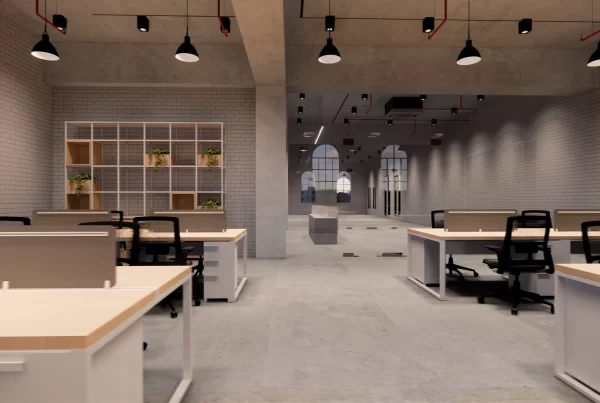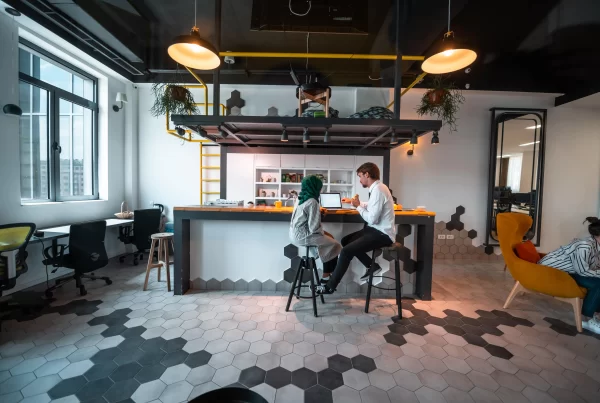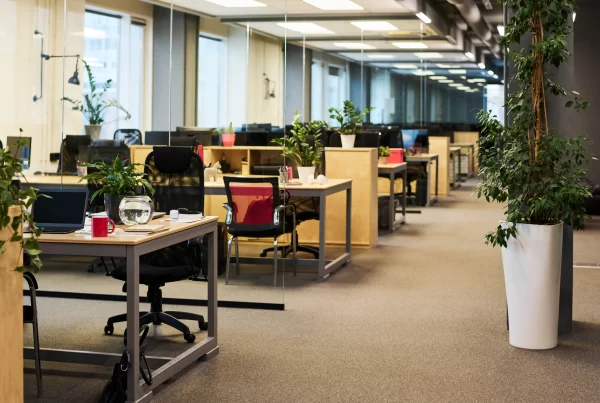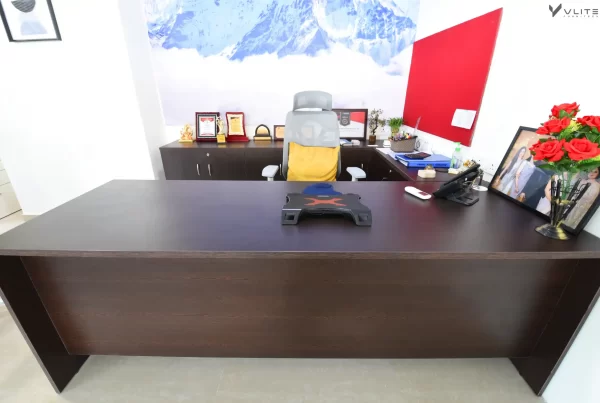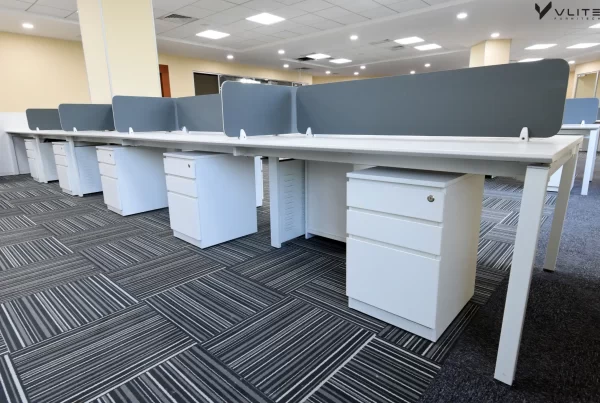Furniture can say a lot about your business, especially if it’s tailored to your needs and makes a statement. Paul Downs cabinetmakers help organisations choose the optimal shape for a conference room table. One that fits their space and budget as well as their corporate culture. Here are some of the most popular table shapes and how they impact your business.
How to choose the right conference table
It has been reported that up to 35% of the time can be spent in meetings by choosing the right conference table manager. Well-designed meeting rooms promote good discussions, idea generation, and productive meetings.
The perfect conference table helps anchor the room and provides a collaborative environment for employees. Meeting rooms also help create a professional environment when interacting with clients or clients.
Find the conference table that best suits your space.
The last word to consider when buying a conference table is interesting. This is because, knowing the 4 Fs of conference room table design, it is worth considering the options. It accepts a variety of shapes, colours, styles, and functions. Solicit ideas and feedback from the various people in the office who use this desk. Achieve space goals taking into account workplace culture. Finally, test the meeting table (or 2 or 3). We want you to find products that have the look, room size, power, and design aesthetics that suit your staff and your meeting space.
1. Room size
The first thing to consider is the size of the room. Make sure there is enough space around the table for people to easily reach all areas of the room. Don’t forget the doors and windows to the room and make sure they are easily accessible. You should also consider other features of the room. For example, if a conference room accommodates an audio/video station. This space must be taken into account.
2. Power
Conference rooms most often use telephones, laptops, and audio/video stations. So consider where the power supply is in the conference room and how the location of the device will affect the function of the table. You don’t want to get stuck in cords, outlets, and cord clutter at important meetings.
3. Design aesthetics
If a conference table is your first purchase for a conference room, consider how it will affect the design aesthetic of the rest of the room and the entire office. Otherwise, consider your existing office furniture to determine which conference table is right for you.
Big Thing in Conference Table
Form
According to the professor of architecture and design at the Institute, how we perceive form at work affects our mood and performance. Architects conducted a study that found that “workspace shape, form, and layout have a significant impact on employee emotions and behaviours.” It connects personnel to forms used in furniture and interior office layouts. , and came up with the following idea:
Circles promote a sense of belonging and unity, stimulate reflection on energy, strength, and unity, and increase focus and concentration. Architects believe circles are an effective design choice for conference rooms because they help eliminate distractions and create a focused atmosphere.
Squares and rectangles have very similar effects on the thoughts and feelings of employees. Both are associated with honesty, stability, discipline, order, rational thought, and form. Architectures have found that these forms help reassure employees, make them fairer and more confident, and increase productivity levels. She suggests using squares and rectangles to create a sense of visual order in small spaces such as crowded rooms.
The triangle creates a sense of energy and power and visually suggests action, progress, direction, and purpose. Because of the triangle’s high energy, “it’s much better suited to growing tech companies than stable financial institutions,” Patak says. However, it is also suitable for action-oriented segments of any industry, including sales and marketing.
Function
As the workplace continues to evolve, so do the key functions associated with meeting spaces. In the not-so-distant past, meetings were static and required lots of seating. Fortunately, the latest research on how to promote engagement has led companies to embrace technologies such as stand-up meetings and technology tools that facilitate mobility, such as video conferencing and interactive whiteboards. In response to these lively meetings, furniture designers have been enriched with powerful conference tables where employees can benefit from great flexibility in the way they meet. Meeting room tables that easily meet the needs of attendees include mobile, folding, nesting, configurable, and height-adjustable tables.
Fit
Ideally, you should leave about 3 feet of space around the table for easy access for people. To determine a suitable meeting space, use masking tape to mark off the proposed table on the floor. Calling a few people for a mock meeting around a taping table can help you better understand if the space is too cluttered, spongy, or just perfect. S


